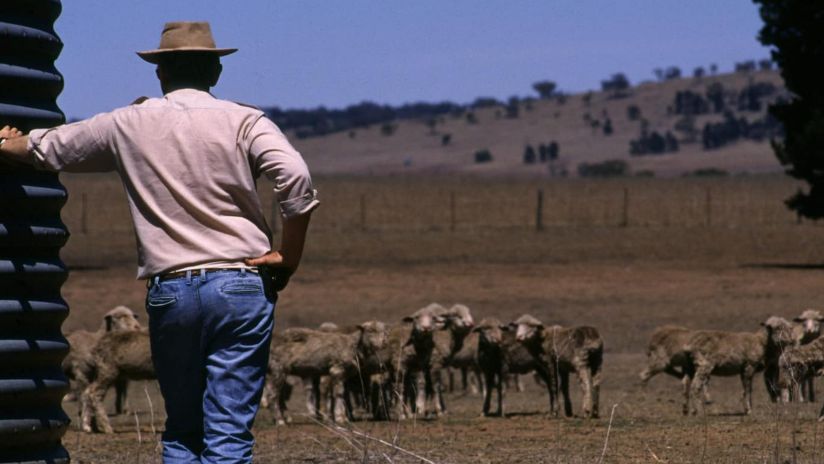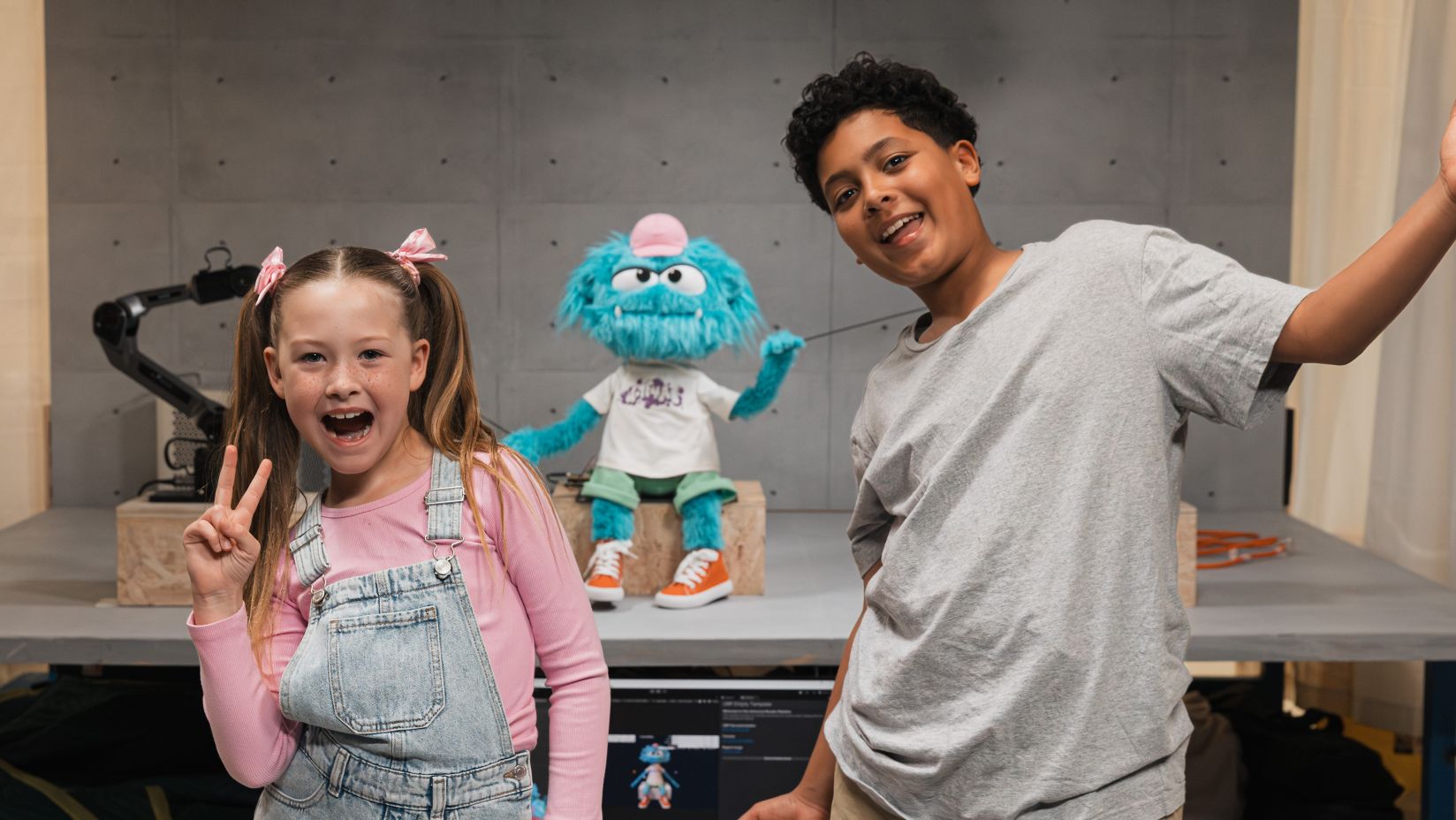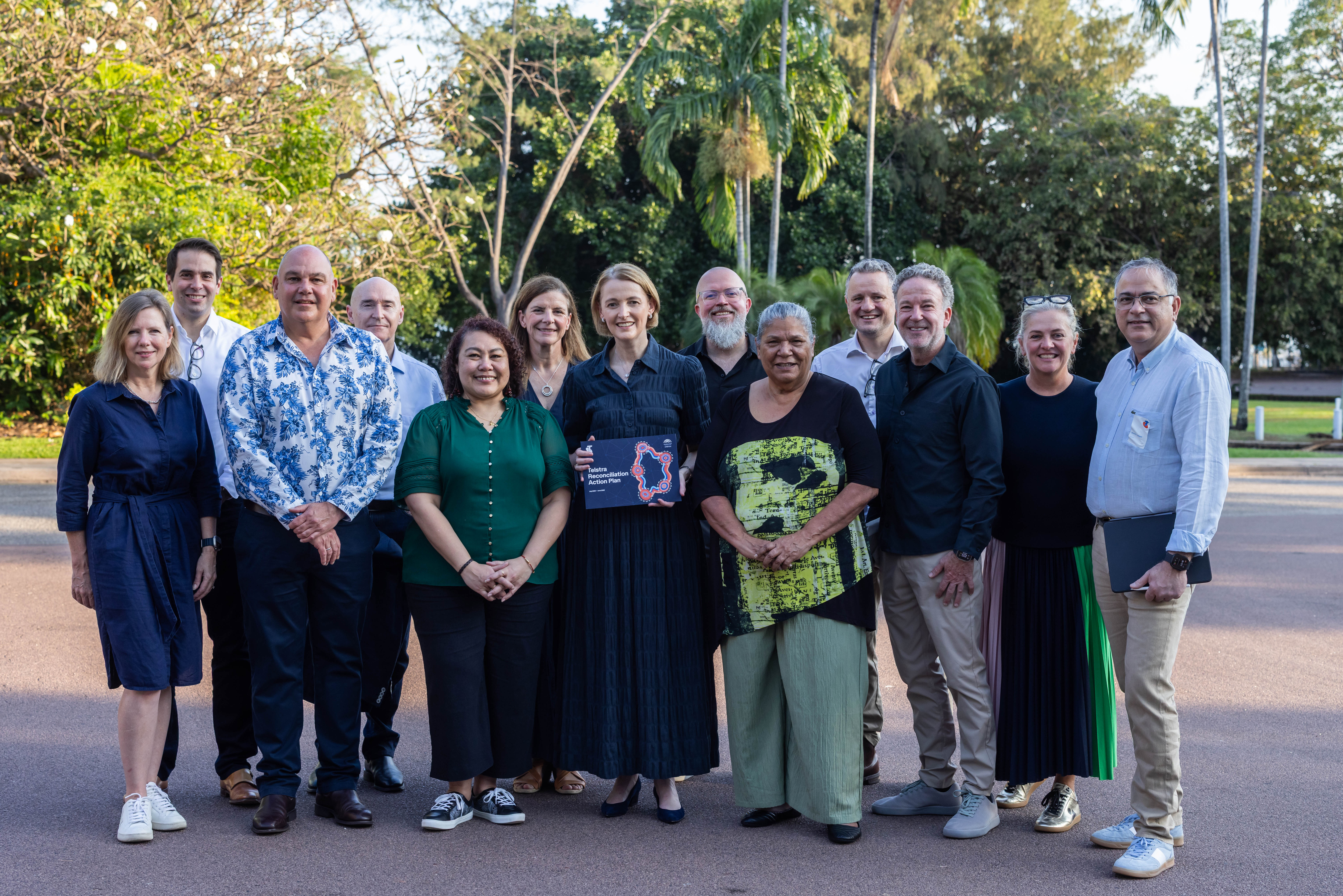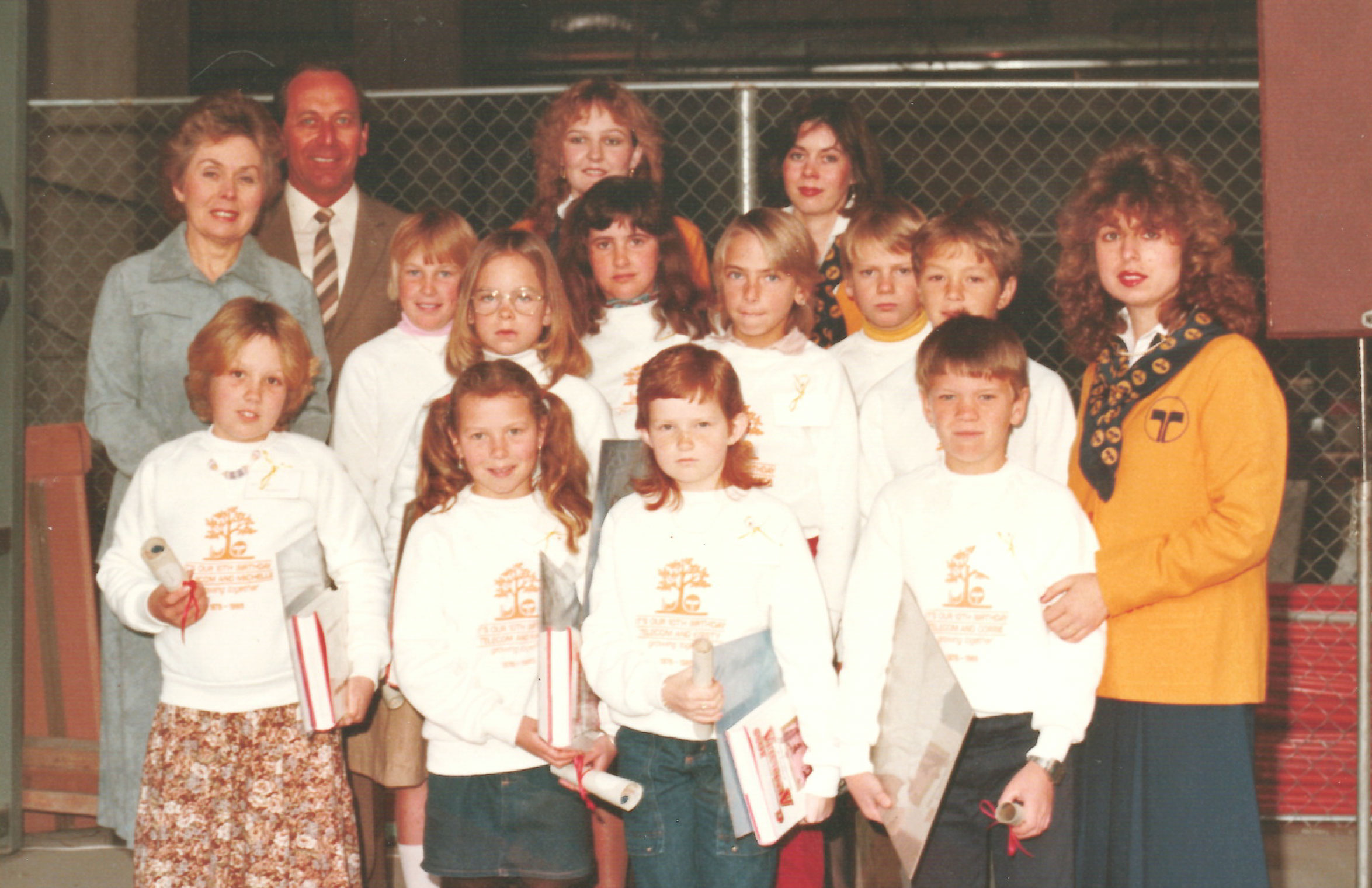How we’re working to improve connectivity in remote areas with Low Earth Orbit satellites
We’re teaming up with OneWeb – a leading satellite provider – to get more connectivity into hard-to-reach locations using Low Earth Orbit (LEO) satellites.

We’ve been connecting regional Australia for more than a hundred years, but that doesn’t mean we stop looking for new ways to improve connectivity.
Tackling the digital divide
We’re always on the lookout for new technology and work hard to ensure that those on the other side of the digital divide have the technology they need to stay connected and informed.
This is especially important as the world rapidly goes online post-pandemic, and it’s why we’ve been investing in better regional and rural coverage for more than 100 years.
It’s about providing connectivity when it matters most and putting the right technology in the hands of those in regional and remote areas by working with government and industries like agriculture, mining and health to enable them to be part of the digital economy.
That’s why we’ve announced a new partnership with OneWeb at this year’s Mobile World Congress in Barcelona to work together to improved connectivity across Australia and our region for our customers.
Working with OneWeb could allow us to boost connectivity in hard-to-reach places across rural and regional Australia with a combination of our mobile network and OneWeb’s Low Earth Orbit (LEO) satellite technology.
It also opens the possibility of bringing high-speed, low latency connectivity from space, as well as support enterprise and small businesses across Australia and improve the resilience of our existing network.
How do Low Earth Orbit (LEO) communication satellites work?
The Earth is surrounded by satellites, each one serving a different and important role. Traditional “Geosynchronous Earth Orbit” or GEO satellites work by staying in geosynchronous orbit at 35,786km above the Earth, staying focussed on one part of the land at a time, where as ‘Low Earth Orbit’ or LEO satellites circle the earth in orbits of 500km to 1,200km moving their communication beams as they move over the surface of the earth.
In concert with other satellites (known as a “constellation”), LEO satellites like those used by OneWeb work together to bring high-speed, low-latency internet connectivity to areas where it was previously unavailable.
OneWeb is making significant progress in building its constellation and currently has 428 satellites in low earth orbit, representing more than two thirds of its planned fleet, delivering connectivity to customers in remote regions of Alaska, Canada, and the North Sea.
Launches will continue during 2022 to enable the company to offer commercial connectivity services globally later this year, and we’ll be working together to determine what this looks like for Australia and the region soon.
Using OneWeb’s LEO technology, we hope to make progress closing the digital divide by putting connectivity into the hands of those currently without it.
What is the digital divide?
The term “digital divide” refers to the gap between those who have access to technology and online services, and those who don’t. Individuals and/or communities who don’t have access to technology are often hamstrung by socio-economic, geographic or technological factors.
We have been measuring Australia’s digital divide for years, and noted that progress to close it remains slow. And that’s becoming more and more of a problem as time goes on.
The pandemic has triggered an explosion in online and digital service. We’re currently riding a wave of digitisation unlike any other, that industry observers expected to take over a decade to develop.
Instead of waiting, we now live in a world where e-health consultations are held over vast distances in high-resolution; digital health records; online government service and more. There are even some civic activities you can’t do unless you have a smartphone and/or a connection to the internet, and it’s leaving some people behind.
Indeed, it’s those who live or work in some of the most remote parts of Australia that are being left behind by digitisation and need these services most.
We can’t sit on the sidelines, and we want to play our part: that’s why we’re teaming up with a range of partners, including OneWeb, to help close the digital divide together.


